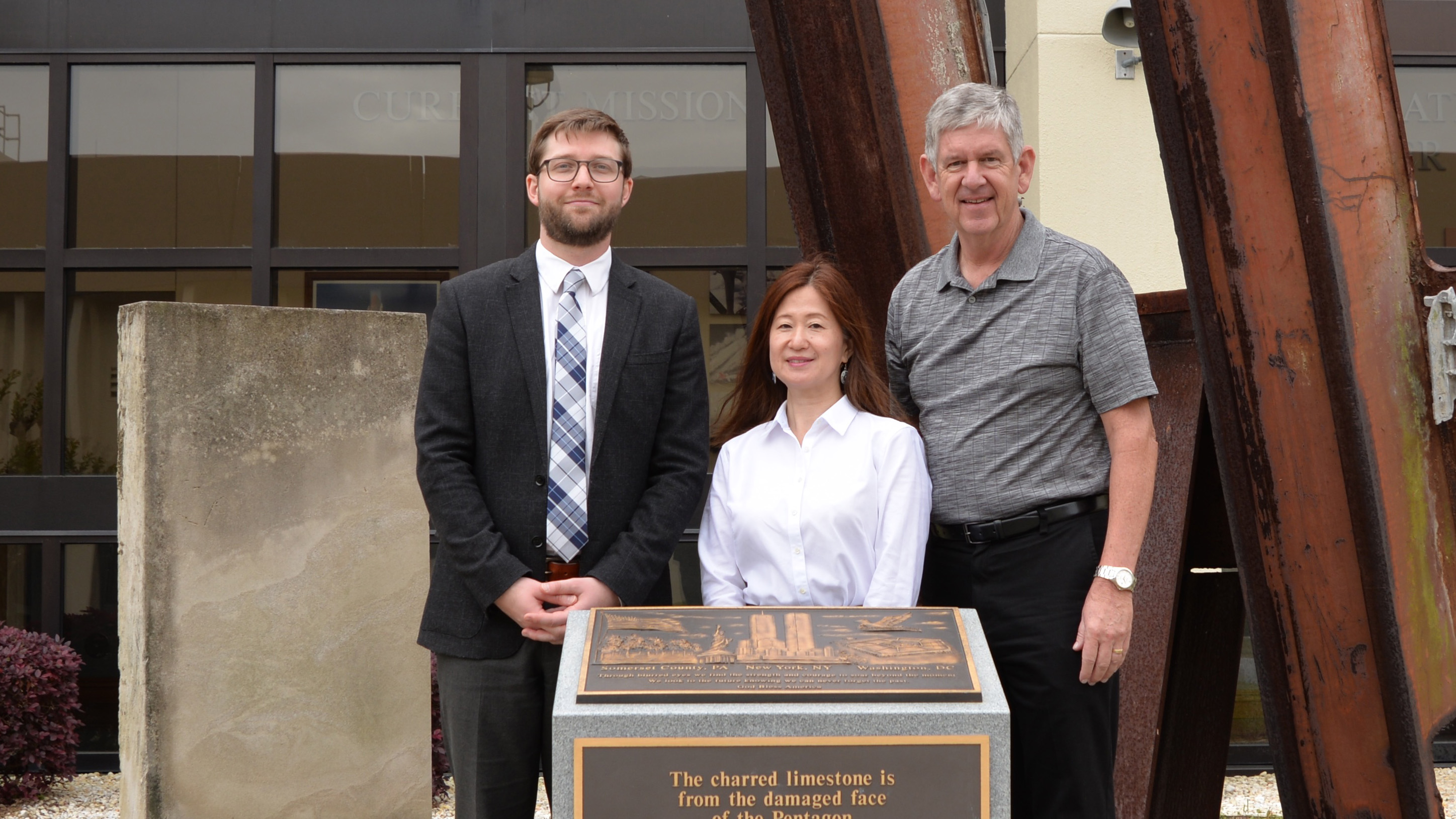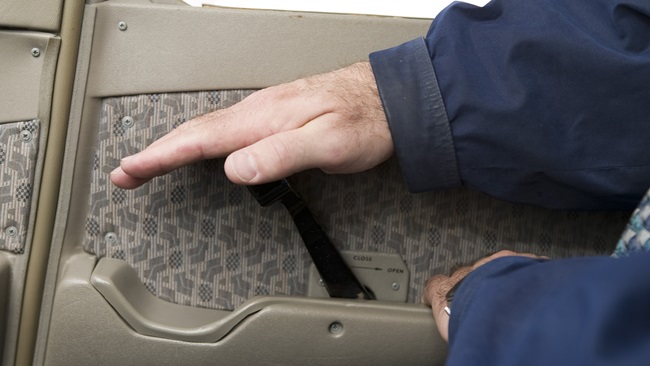AOPA and NORAD touch base on TFRs
Better cockpit technology and far-reaching efforts to raise pilot awareness helped curb pilot incursions into airspace under temporary flight restrictions from 2009 to 2016, and the numbers of violations should keep falling if pilots’ groups, security agencies, and the military continue working together, AOPA said in a presentation at Tyndall Air Force Base in Florida.
Rune Duke, AOPA senior director of government affairs for airspace, air traffic, and aviation security, and Nobuyo Sakata, AOPA director of aviation security, met with officials of the North American Aerospace Defense Command on March 29 to discuss ways to make TFRs more efficient and easier for pilots to identify and avoid. VIP TFRs are frequently active in Florida during visits by President Donald Trump to his Mar-a-Lago estate in Palm Beach.
“AOPA has a unique working relationship with the military and other government agencies that proves valuable every time there is a TFR,” said Sakata. “Sharing information and working together to solve issues has provided relief for many affected pilots and airports, saving time and money for all involved, including the military.”
"We value our partnerships with our interagency partners and were ecstatic to have members of AOPA visit America's AOC," said Kevin Burman, chief of the 601st Air Operations Center Combat Information Cell. "This visit provided an opportunity to discuss current airspace issues and how we can better work together to inform the public and general aviation community of future TFRs."
Mar-a-Lago-centered TFRs affect operations at 43 area airports with 1,450 based aircraft and 538,820 annual operations. Bedminster TFRs limit the use of 59 airports that are home to 1,953 civil aircraft and experience 916,550 annual general aviation operations, AOPA said.

At the three airports located within the no-fly 10-nautical-mile inner airspace areas of the two TFRs—Palm Beach County Park Airport in Florida, and Solberg-Hunterdon Airport and Somerset Airport in New Jersey—AOPA estimated that the annual economic impact of TFR-related activity reductions exceeds $1 million in lost revenue.
AOPA is studying ways to provide limited GA access to the airports during TFR active periods, possibly through the use of special arrival and departure procedures. AOPA also has proposed security screening for passengers as a solution to some TFR security concerns.
In the meantime, AOPA’s advocacy efforts have helped pilots comply with TFRs by making advance notice of impending TFRs available earlier; by bringing clarity to TFR language about flight plan requirements; and by helping craft new guidance on TFRs for inclusion in FAA publications, Duke said.
Other technology issues remain unresolved, however, said Duke, who presented an example of a private vendor’s failure to depict an active VIP TFR in March.
In 2016, AOPA was part of an industry committee that submitted 54 recommendations to the FAA on how to improve the distribution of TFR information and graphics, co-chairing the panel with Jeppesen.
Looking forward, improvements in cockpit technology should enable further reductions in airspace incursions, he added, because moving map technology has become largely affordable as evidenced by the fact that more than 80 percent of GA pilots routinely use it in their cockpits, based on an AOPA survey.
The electronic depiction of TFRs offered by the Flight Information System-Broadcast (FIS-B), and improvements to the notices to airmen distribution system—mandated by Congress—also are helping to raise pilots’ awareness of their flights’ proximity to TFR airspace.
Analysis of TFR-incursion data will help focus continuing outreach efforts to reduce the number of airspace violations as the aviation community works with government agencies and the military on their shared safety concerns, Duke said.



